Vietnam’s Economy Faces Near Term Uncertainty, Economists Say
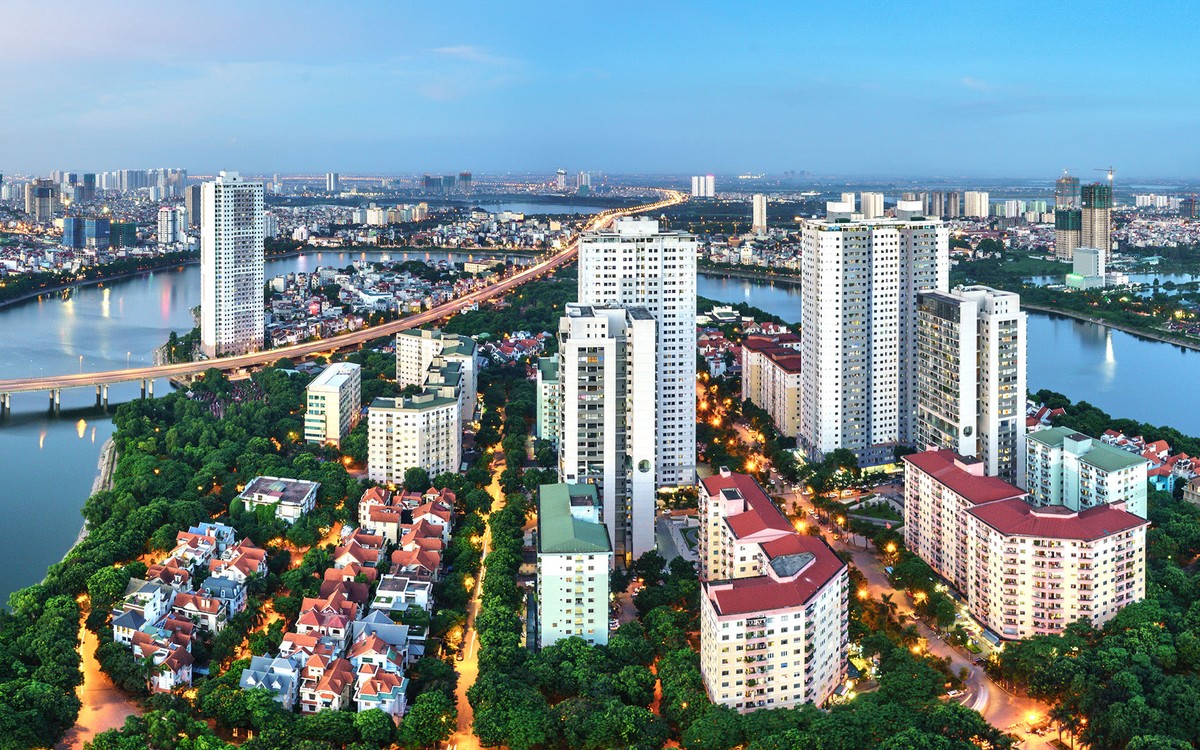 |
| Photo: HSBC |
The Q3-2021 lockdowns affected about 28.2 million workers, including a loss of 2.5 million in jobs and an increase in the unemployment rate to a record high 3.7 percent.
The Government’s “No-COVID-19” approach was overwhelmed by the April 2021 outbreak that in turn led to lengthy shutdowns and steep economic costs. Vietnam is no longer ahead of the curve compared to its neighbors in dealing with the impact of COVID-19 on its economy, as it was in 2020.
In a year of economic rebound in most comparator countries, Vietnam grappled with lengthy shutdowns of major economic centers of the country—Ho Chi Minh City and Hanoi and surrounding areas—which led to its GDP contracting over 6 percent in the third quarter.
Consequently, Vietnam’s GDP is estimated to have increased by 2.58 percent in 2021, about 4.2 percentage points lower than the World Bank’s projection for 2021 made in December 2020.
On the other hand, while Vietnam was not well prepared, with low testing and vaccination rates, for the April COVID-19 outbreak, the authorities reacted quickly to launch a national vaccination effort.
Between early July and mid-December 2021, over 75 percent of the population had received one jab and over 55 percent were fully vaccinated. This vaccination effort allowed the government to switch from a “No-COVID-19” policy, with strict lockdowns and serious economic pain to save lives, to a “Living with COVID-19” policy, where the economy could be reopened while health precautions continue.
The April outbreak caused significant pains for workers, households, and businesses. The April 2021 Covid-19 outbreak exacerbated the conditions on the labor market. Vietnam’s labor market had not fully recovered from the onset of the COVID-19 crisis when the April 2021 outbreak started.
The Q3-2021 lockdowns affected about 28.2 million workers, including a loss of 2.5 million in jobs and an increase in the unemployment rate to a record high 3.7 percent. An average worker earned 12.6 percent less in Q3-2021 than they did a year ago in real terms. Informal workers, household businesses, and women were especially vulnerable to the effects of the shock.
At the sectoral level, services sector workers were hit hardest given the restrictions on social distancing.
In the manufacturing sector, job losses, furloughing workers, or reducing working hours or salaries, while helpful to keep firms afloat and to ensure future employment, affected workers’ income.
At the regional level, the Southeast suffered the largest share of job losses (52 percent) and experienced two waves of migrant workers leaving the area and their jobs. One group of migrants left before the lockdown, creating a labor shortage, while a second group left right after re-opening, which exacerbated the labor shortage.
According to GSO, as of December 15, 2021, a total of 2.2 million people returned to their hometown, and about half of them departed from Ho Chi Minh City and other Southern provinces.
As the lockdown was lifted and the economy re-opened, labor market conditions improved in Q4-2021, but have a long way to fully recover.
Firms were also severely affected by the Q3 lockdown, but business confidence has started to recover in last months of the year. The World Bank Business Pulse Survey conducted during September to November 2021 finds that firm closures in Ho Chi Minh City—the epicenter of the crisis—were especially high (35 percent), and of those that remained open, 57 percent reduced hours.
Overall sales fell by 39 percent during September–November 2021 compared to the same period in 2019. Cashflow, however, deteriorated only slightly thanks to support policies and firms’ more cautious management. In fact, 57 percent of firms report having received some support from the government compared to 19 percent in June 2020 and 36 percent in January 2021.
The April 2021 Covid-19 outbreak exacerbated the conditions on the labor market. Vietnam’s labor market had not fully recovered from the onset of the COVID-19 crisis when the April 2021 outbreak started. The Q3-2021 lockdowns affected about 28.2 million workers, including a loss of 2.5 million in jobs and an increase in the unemployment rate to a record high 3.7 percent.
An average worker earned 12.6 percent less in Q3-2021 than they did a year ago in real terms. Informal workers, household businesses, and women were especially vulnerable to the effects of the shock.
At the sectoral level, services sector workers were hit hardest given the restrictions on social distancing. In the manufacturing sector, job losses, furloughing workers, or reducing working hours or salaries, while helpful to keep firms afloat and to ensure future employment, affected workers’ income.
At the regional level, the Southeast suffered the largest share of job losses (52 percent) and experienced two waves of migrant workers leaving the area and their jobs. One group of migrants left before the lockdown, creating a labor shortage, while a second group left right after re-opening, which exacerbated the labor shortage. According to GSO, as of December 15, 2021, a total of 2.2 million people returned to their hometown, and about half of them departed from Ho Chi Minh City and other Southern provinces.
As the lockdown was lifted and the economy re-opened, labor market conditions improved in Q4-2021, but have a long way to fully recover.
Firms were also severely affected by the Q3 lockdown, but business confidence has started to recover in last months of the year. The World Bank Business Pulse Survey conducted during September to November 2021 finds that firm closures in Ho Chi Minh City—the epicenter of the crisis—were especially high (35 percent), and of those that remained open, 57 percent reduced hours. Overall sales fell by 39 percent during September–November 2021 compared to the same period in 2019. Cashflow, however, deteriorated only slightly thanks to support policies and firms’ more cautious management. In fact, 57 percent of firms report having received some support from the government compared to 19 percent in June 2020 and 36 percent in January 2021.
Các tin khác
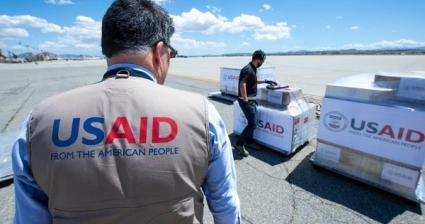
USAID - Vietnam’s MONRE Sign Memorandum of Understanding
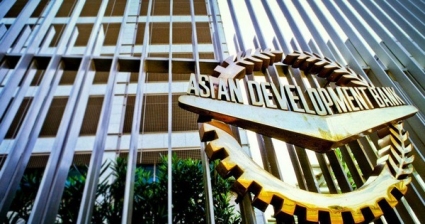
ADB to Develop Prototype for Cross-Border Securities Transaction System Using Blockchain

HSBC Vietnam Commits to Arranging US$12 Billion to Green Vietnam
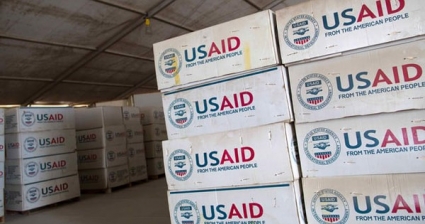
USAID Launches Project to Improve Private Sector Competitiveness in Vietnam

Official Announcement Vietnam Open Innovation Landscape Report 2021
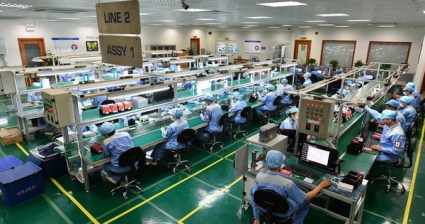
Vietnam’s Economic Growth Expected to Accelerate to 5.5% in 2022 and Greening its Trade Would Offer New Opportunities: World Bank
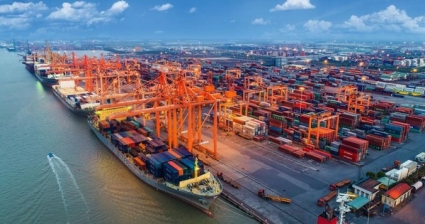
Standard Chartered Forecasts Vietnam 2022 GDP Growth at 6.7%
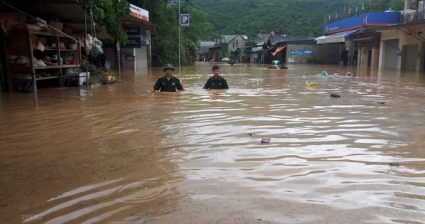
World Bank Credit to Strengthen Infrastructure, Boost Climate Resilience in Vinh Long City
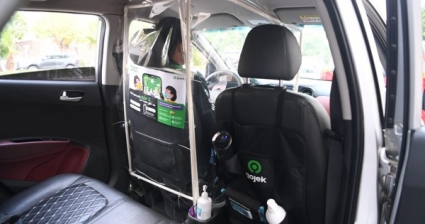
Gojek Launches GoCar in Hanoi, Equipping All Cars with Protective Shields and Air Purifiers

AmCham Selects New National Chair for 2022
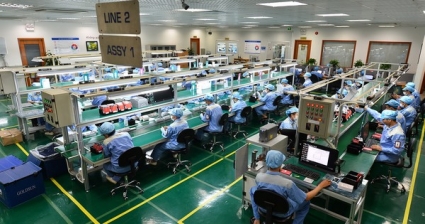
Vietnam Likely to Have Current Surplus in 2022, HSBC Says
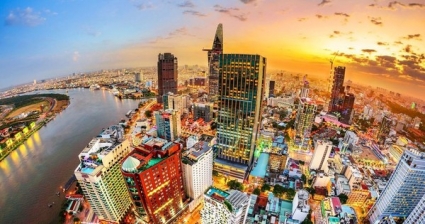
Vietnam’s Ability to Weather External Shocks Has Faded in 2021, HSBC Says

Fitch Affirms Outlook on Standard Chartered Vietnam at Positive
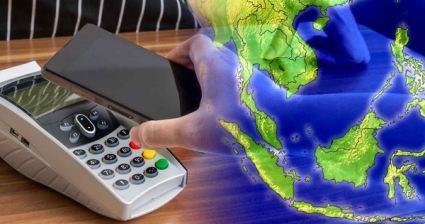
New ADB Facility to Help South East Asia Revive Tourism and Boost Sustainable, Inclusive Investments
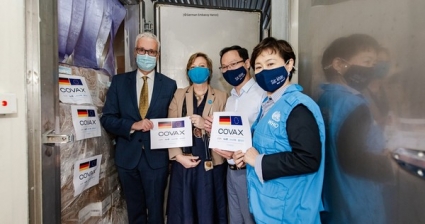
Germany Supports Vietnam with Another 2.6 million Vaccine Doses

Wave Energy Could Power Vietnam’s Islands, But Start-Ups Need USAID’s Help

HSBC Predicts Vietnam’s Economic Growth 6.8% in 2022

Fitch Upgrades Asia Commercial Joint Stock Bank to 'BB-'; Outlook Stable

Fitch Upgrades Vietinbank's Viability Rating to 'b'; Affirms IDR at 'BB-'; Outlook Positive




